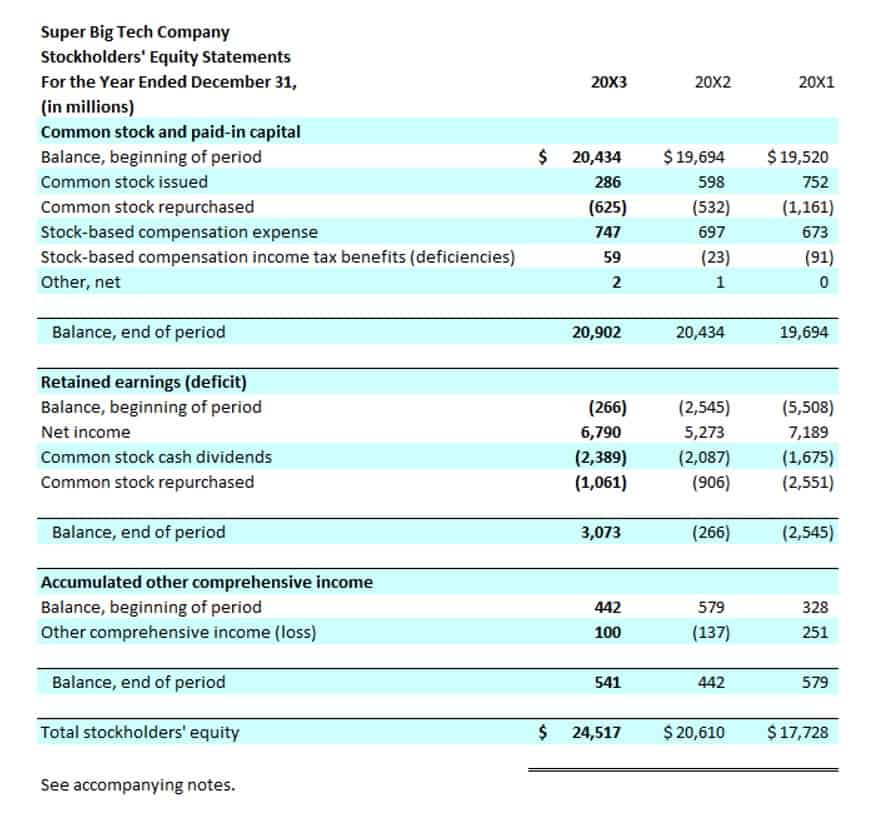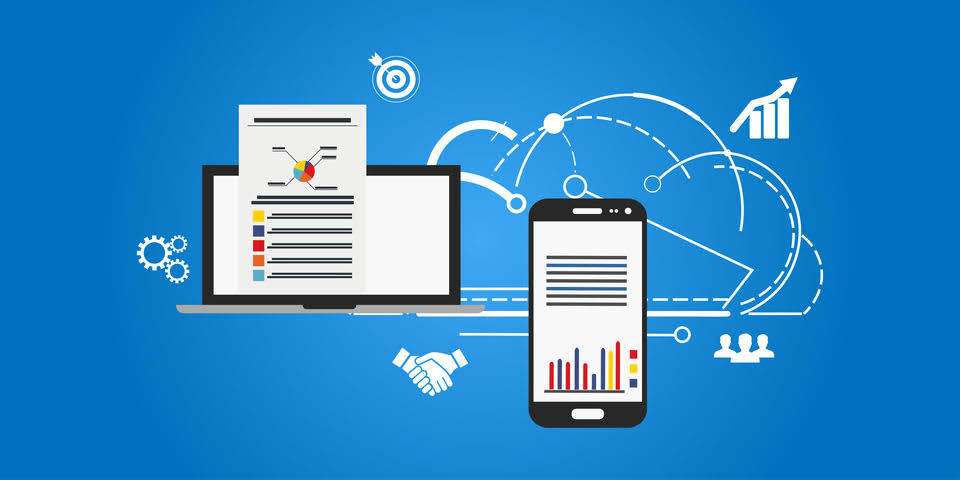- Okra
- Brinjal
- Chilli
- Sweet Pepper/Capsicum
- Tomato
- Ridge Gourd
- Bottle Gourd
- Bitter Gourd
- Sponge Gourd
- Cucumber/Longmelon
- Tinda
- Clusterbean
- Frenchbean/Pea
- Cow Pea/Radish
- Radish/Coriander
- Spinach/Pumpkin

Your business has the right amount of working capital if it is able to process its current liabilities without any hassle. A tech startup, Innovate Solutions, faces the challenge of managing current liabilities while scaling operations. By implementing a robust accounts payable system and leveraging short-term financing options, Innovate Solutions can maintain liquidity and support growth. The startup also uses financial ratios to monitor its financial health and make informed decisions.
Until you pay shareholders, the cash from the dividend should be recorded in a dividends payable account as a current liability. When a business decides to borrow money with a note payable, the cash account gets debited for the received amount. As current liabilities, short-term notes payable can significantly liabilities that will be paid or fulfilled within 12 months are liabilities. affect the company’s net cash and liquidity positions. For example, if XY buys supplies but doesn’t get the purchase invoice from the vendor yet. Then, when the debt is finally paid off, the accounts payable account is debited, and the cash account is credited afterward.
The content provided on accountingsuperpowers.com and accompanying courses is intended for educational and informational purposes only to help business owners understand general accounting issues. The content is not intended as advice for a specific accounting situation or as a substitute for professional advice from a licensed CPA. Accounting practices, tax laws, and regulations vary from https://fundhosting.co.uk/what-is-static-budgeting-vena/ jurisdiction to jurisdiction, so speak with a local accounting professional regarding your business. Reliance on any information provided on this site or courses is solely at your own risk.

There are no heading that inform readers that line items in a particular section are Non-Current Liabilities. Instead, companies merely list individual gross vs net Long-Term Liabilities underneath the Current Liabilities section. The industry expects readers to know that any liabilities outside of the Current Liabilities section must be a Non-Current Liability. This is how most public companies usually present Long-Term Liabilities on the Balance Sheet. Contract liabilities can be either current or non-current liabilities, depending on the timing of when the contract is expected to be fulfilled.

On the other hand, it’s great if the business has sufficient assets to cover its current liabilities, and even a little left over. In that case, it is in a strong position to weather unexpected changes over the next 12 months. Learn more about how current liabilities work, different types, and how they can help you understand a company’s financial strength. Fixed liability can be a significant burden on a business, especially if it’s not managed properly. For instance, if a business has a high rent payment and low sales, it may struggle to pay its other expenses, such as employee salaries.

Financial liabilities are those liabilities in which a company or an individual has a contractual obligation to pay cash or deliver the financial asset. Depending on the company, you will see various other current liabilities listed. In some cases, they will be lumped together under the title “other current liabilities.”


The income tax payable liability includes federal, state, local charges, and the dollar amount you’ll owe would be the accumulated sum since your last tax return. Accruing unpaid interest is done by debiting the interest’s expense and crediting its payable account. Following the second month, you register the same entry, accumulating an interest payable account balance of $12,000. After the third month, if you re-record the same entry, the total interest payable account balance will be $18,000.
Then, add the amount you owe lenders for each of the liabilities for the specific accounting period. Your balance sheet is the main overview of your business assets, liabilities, and equity for a specific period. The liabilities are always disclosed in a separate balance sheet section, distinguishing between short-term (current) and long-term liabilities. Both current assets and liabilities are significant for the company’s working capital, which is the amount you’re left with after you write off the current liabilities.
No account yet?
Create an Account